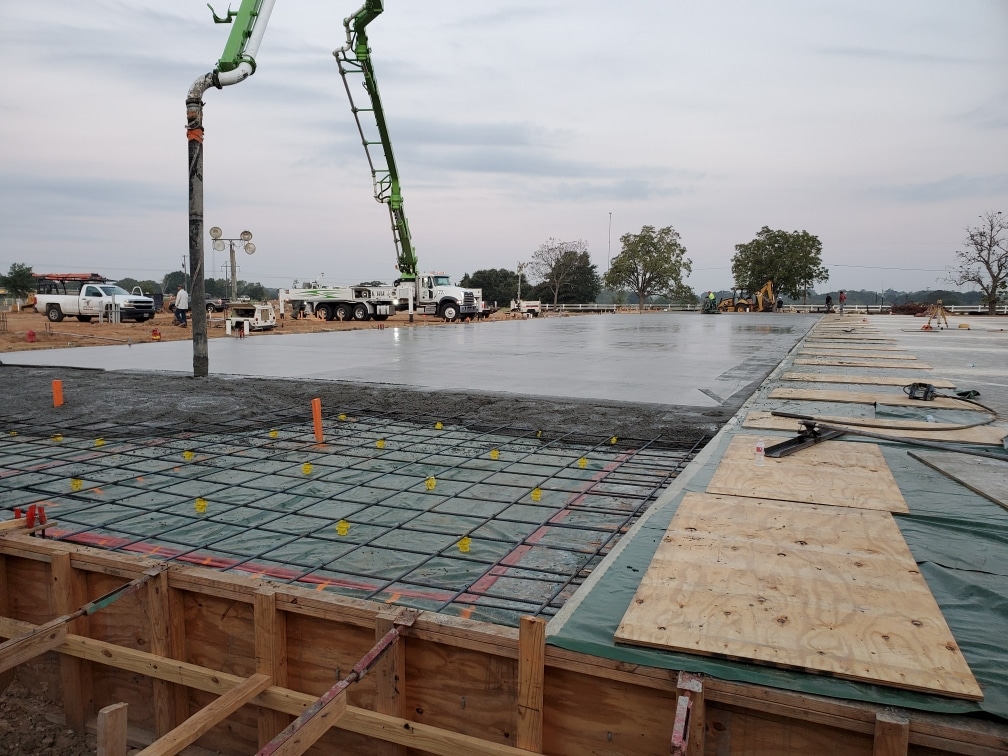
Retaining walls can be a beautiful and functional addition to your yard, helping to prevent erosion, create level areas for landscaping, and add visual interest to your outdoor space. However, building retaining walls requires careful planning and execution to ensure they are both structurally sound and aesthetically pleasing. Here are the top 10 mistakes to avoid when building retaining walls in your yard.
1. Not Properly Preparing the Site
Before you start building a retaining wall, it's crucial to properly prepare the site to ensure a stable foundation. This includes:
- Clearing the area of any debris, vegetation, or other obstructions.
- Excavating and leveling the ground where the wall will be built.
- Ensuring proper drainage to prevent water buildup behind the wall.
2. Using the Wrong Materials
Choosing the right materials for your retaining wall is essential for its longevity and stability. Avoid these common mistakes:
- Using inferior quality or mismatched materials.
- Not considering factors like soil composition, wall height, and drainage when selecting materials.
- Opting for a material that is not suited for the desired aesthetic or function of the wall.
3. Ignoring Proper Drainage
Proper drainage is key to preventing water buildup behind the retaining wall, which can cause structural issues and erosion. Make sure to:
- Incorporate drainage features like weep holes, gravel backfill, or French drains into the design.
- Ensure that water flows away from the wall and does not pool behind it.
- Maintain and clean drainage systems regularly to prevent clogging.
4. Neglecting Structural Integrity
A retaining wall needs to be structurally sound to withstand the pressure of the soil behind it. Avoid these mistakes that can compromise the structural integrity of the wall:
- Insufficient reinforcement, such as rebar or geogrid, especially for taller walls.
- Improper backfilling and compaction, leading to settlement and instability.
- Ignoring local building codes and regulations regarding retaining wall construction.
5. Overlooking Proper Compaction
Proper compaction of the soil and backfill material is essential to prevent settling and shifting of the retaining wall over time. Avoid these mistakes related to compaction:
- Not compacting the soil in layers as you backfill behind the wall.
- Using equipment that is not suitable for compacting the specific type of soil or backfill material.
- Failing to verify the compaction levels to ensure they meet the recommended standards.
6. Failing to Consider Aesthetics
While functionality and stability are crucial, aesthetics also play a significant role in the design of a retaining wall. Avoid these mistakes that can detract from the visual appeal of your wall:
- Not considering the overall look and feel of your yard when choosing the design and materials for the wall.
- Ignoring landscaping elements like plants, lighting, or decorative features that can enhance the wall's appearance.
- Choosing a design that clashes with the architectural style of your home or the surrounding environment.
7. Skipping Proper Planning and Design
Proper planning and design are essential for a successful retaining wall project. Avoid these mistakes related to planning and design:
- Not taking accurate measurements and assessing the site conditions before starting the project.
- Skipping the use of professional design tools or assistance, leading to a poorly designed wall.
- Overlooking factors like soil type, drainage, load-bearing capacity, and erosion control in the design phase.
8. Rushing the Construction Process
Building a retaining wall is a time-consuming process that requires careful attention to detail. Avoid rushing the construction process by:
- Skipping important steps like site preparation, compacting, and drainage installation.
- Ignoring manufacturer's instructions or best practices for the specific materials and design you are using.
- Not allowing for proper curing and settling time before backfilling or adding additional weight to the wall.
9. Not Seeking Professional Help When Needed
While DIY projects can be rewarding, sometimes it's best to seek professional help for building retaining walls, especially for more complex or large-scale projects. Avoid these pitfalls by:
- Underestimating the expertise and equipment required for the project.
- Ignoring warning signs of potential issues that a professional could identify and address early on.
- Not consulting with a structural engineer or contractor when building a retaining wall over a certain height or in challenging soil conditions.
10. Failing to Maintain the Retaining Wall
Once your retaining wall is built, proper maintenance is essential to ensure its longevity and performance. Avoid these common mistakes related to wall maintenance:
- Neglecting regular inspections to check for signs of erosion, settlement, or damage.
- Ignoring vegetation growth or soil buildup behind the wall can cause drainage problems or instability.
- Not addressing minor issues promptly, leads to more significant and costly repairs down the line.
By avoiding these top 10 mistakes when building retaining walls in your yard, you can create a structure that is not only functional and durable but also enhances the beauty and usability of your outdoor space.

